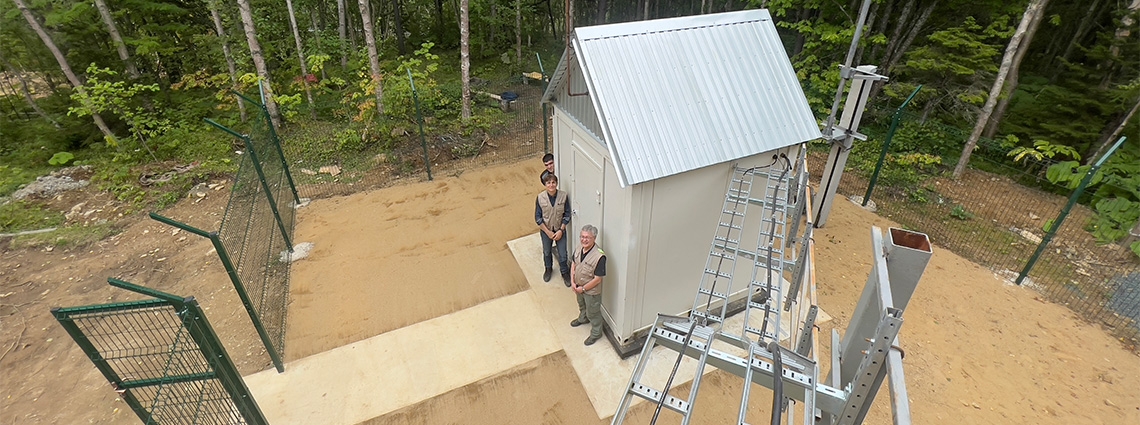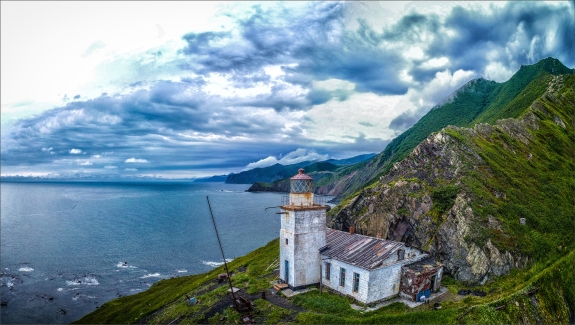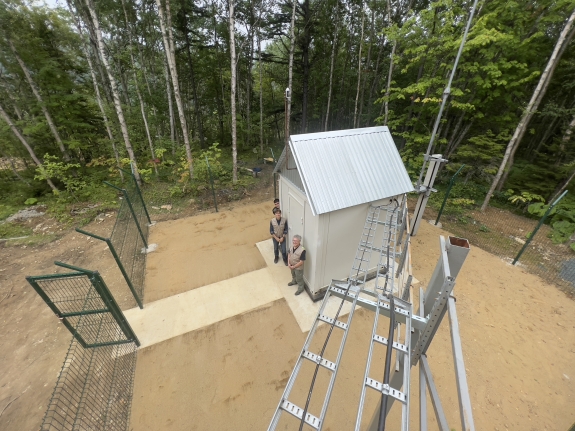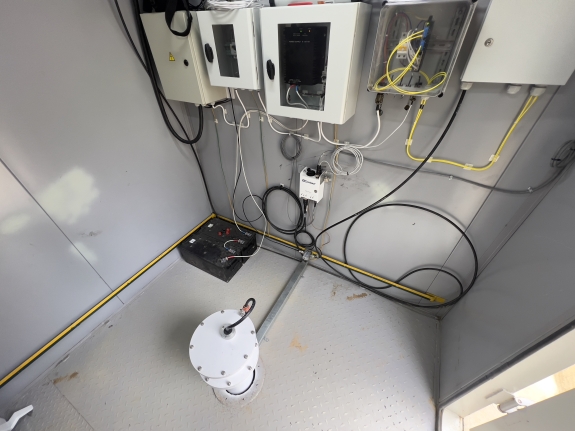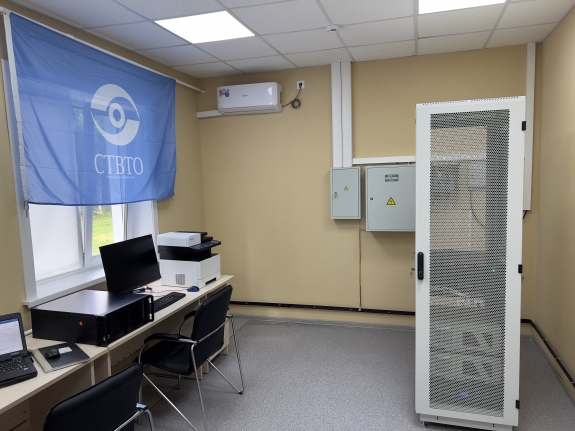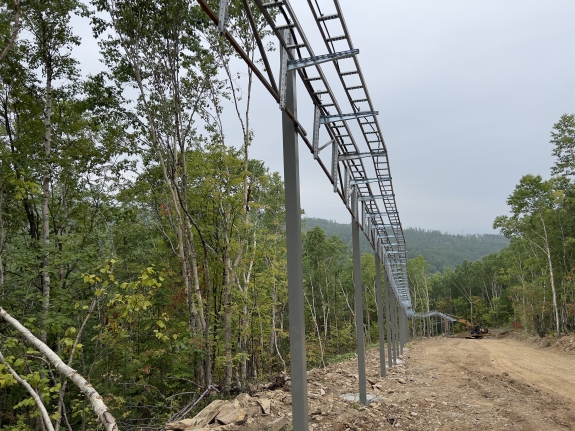Russia's last global monitoring system station is installed, sending data
Russian Federation completes IMS segment
With the installation and certification of an auxiliary seismic station, the Russian Federation has successfully completed its segment of the International Monitoring System (IMS), overcoming technical challenges along the way.
CTBTO’s Executive Secretary congratulated the country and staff for their “dedication to this monumental achievement.”
“The 32 stations in the Russian Federation’s now complete IMS segment are crucial components of the global network that helps maintain peace and security by making sure that no nuclear test goes undetected,” said Robert Floyd.
The final station, AS92 in Yuzhno-Sakhalinsk, located over 6,000 kilometres east of Moscow in the Oblast Republic, is now transmitting data to the International Data Centre (IDC) of the Comprehensive Nuclear-Test-Ban Treaty Organization (CTBTO) in Vienna.
The information sent from AS92 plays a vital role in the Organization's mission to detect any nuclear test explosion by anyone, anywhere.
This project, spanning 13 years, was a collaborative effort between the CTBTO and the Russian Ministry of Defence Special Monitoring Service (SMS). It also received crucial support from two external contractors: Nanometrics (Canada) and VECTOR (Russian Federation).
Overcoming challenges to complete the segment
The installation however, faced its fair share of challenges in a region known for its harsh winter conditions. Temperatures frequently dipped below -16°C and occasionally plummeted to as low as -35°C. Additionally, heavy snow accumulation during this time posed a significant obstacle to progress.
Construction of AS92 started in May 2021 but abruptly halted in September of the same year due to a permitting issue related to deforestation. After more than a year of negotiations, a resolution was reached, leading to an amendment in the contract. Consequently, construction on the station resumed in May 2023.
Next, another challenge emerged: constructing the cable tray on steep terrain.
And then, an unexpected obstacle: rare Lily Glen plants, listed in the Russian Federation's Red Book of endangered flora, were discovered in the vicinity. This led to a temporary construction halt until the successful transplantation of these plants.
These factors, coupled with heavy rainfall, resulted in several delays for the cable tray project.
Nevertheless, the station's installation was successfully completed in August 2023.
"I am proud of my role in completing the Russian Federation's segment of the IMS network, with only a one-week delay despite all the challenges,” said CTBTO project manager Alfred Kramer, who, along with Sergelen Bazarragchaa, a seismic engineering officer, led the AS92 installation project.
Seismic monitoring to detect nuclear tests
The Russian Federation hosts 32 facilities, including three stations and one laboratory, all of which are certified. AS92 is the final facility completed under the Comprehensive Nuclear-Test-Ban Treaty (CTBT).
Seismic monitoring, one of the three waveform technologies used by the IMS, is used to detect, and locate underground nuclear test explosions. Data from seismic monitoring are used to distinguish between an underground nuclear explosion and the natural and man-made seismic events that occur every day, such as earthquakes and mining explosions.
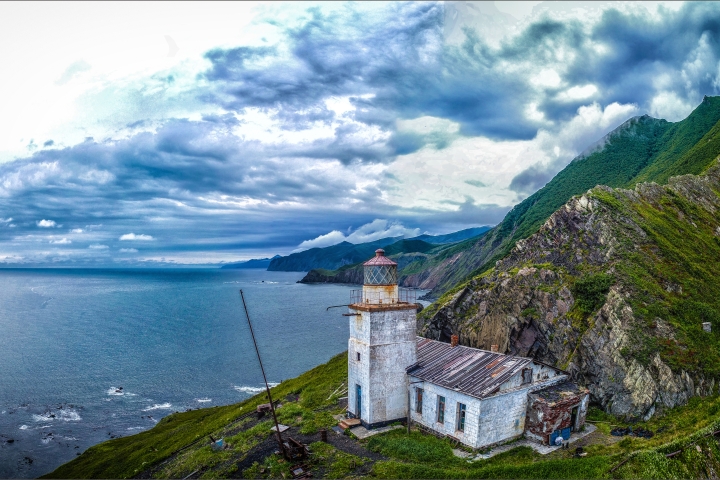
Area near AS92 site: Elizabeth's Lighthouse located on northern tip of Sakhalin Island and Schmidt Peninsula (Photo courtesy A.Astakhov, SMS)

Area near AS92 site: view of Yuzhno-Sakhalinsk during winter (Photo courtesy A.Astakhov, SMS)
14 Dec 2023
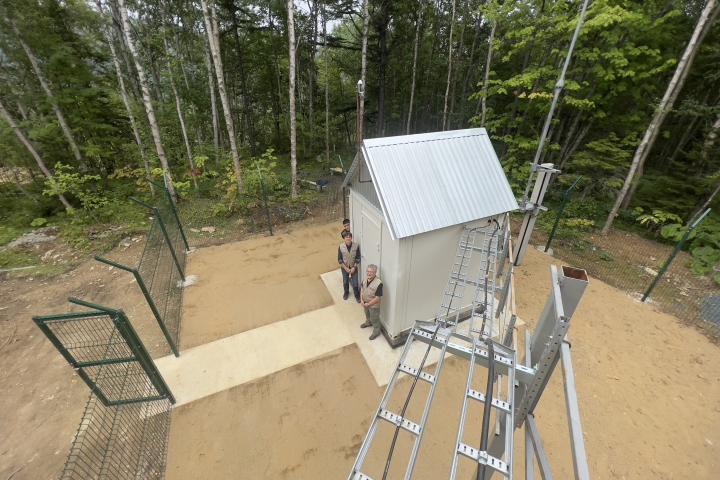
AS92 site: security fence, cable tray and borehole enclosure - a deep hole or well that is drilled into the ground to house seismic sensors or seismometers
Installation of Nanometrics Trillium 120-BH1 borehole sensor, which is used for local, regional and teleseismic studies
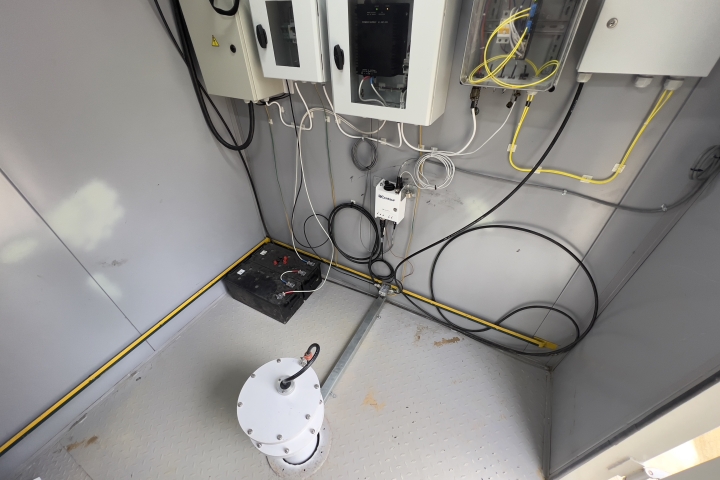
Equipment inside borehole enclosure
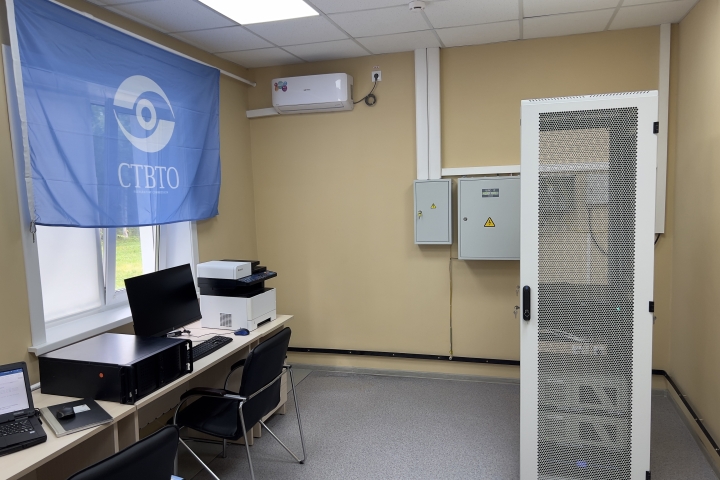
Central Recording Facility (CRF) room with equipment rack for data processing
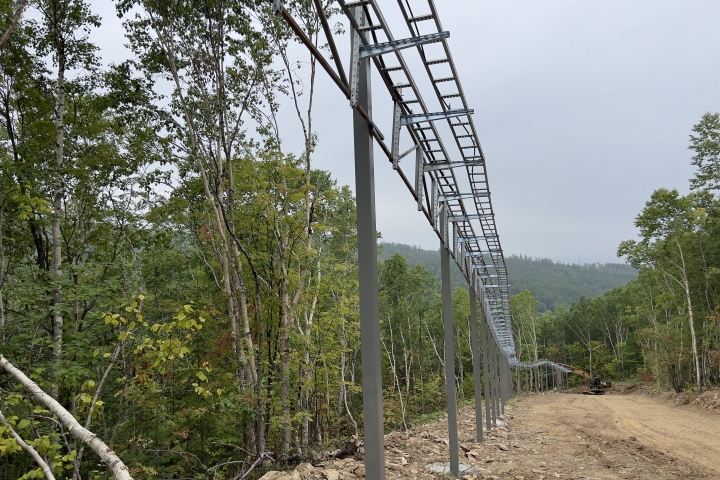
Construction of cable tray, which connects CRF to borehole site
